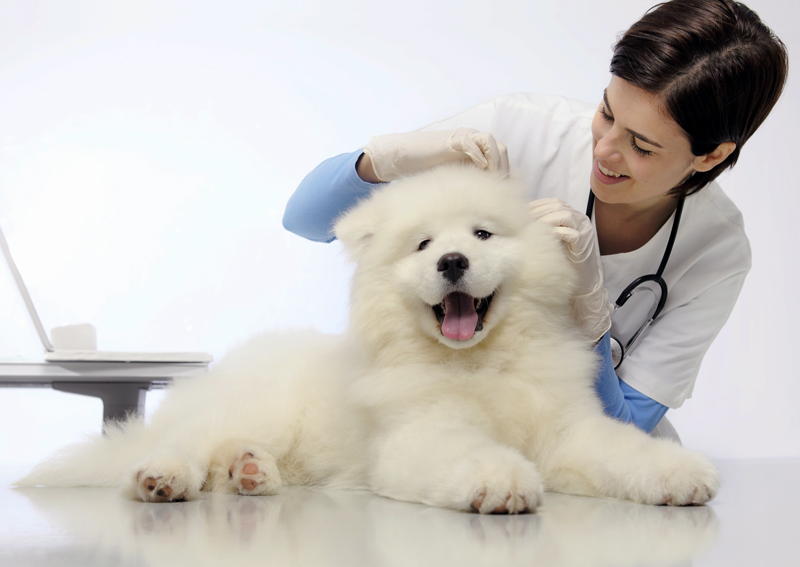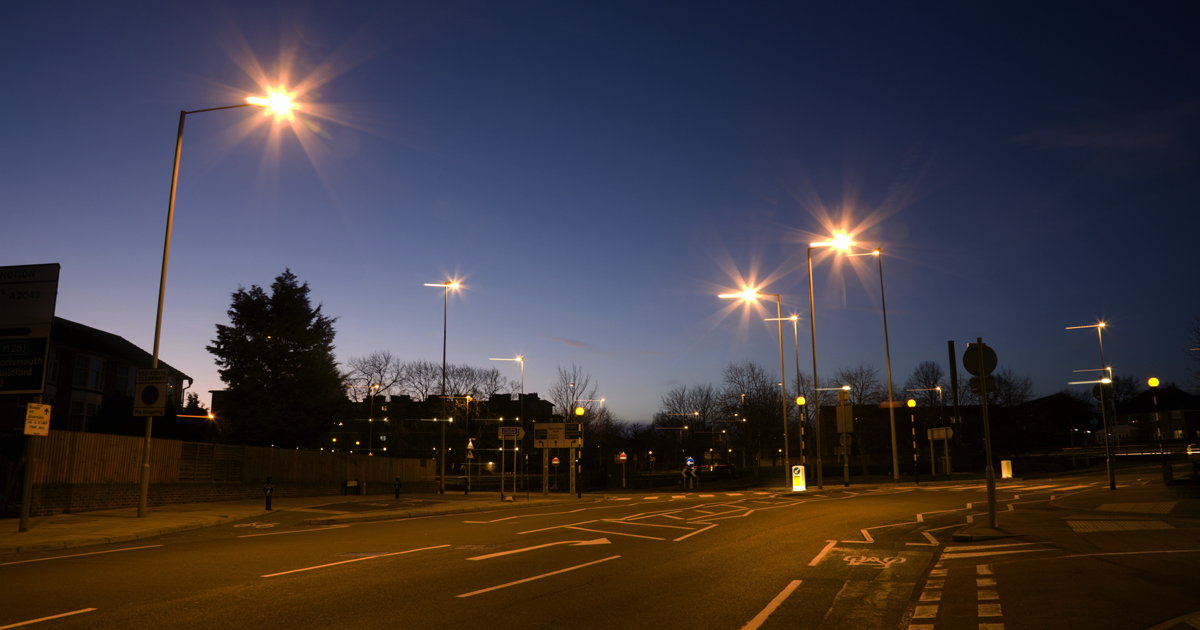Many small animal practices use external out-of-hours (OOH) providers. This can work in a number of ways, and carries advantages and disadvantages for both the clients and staff.
On the whole, using an OOH provider is considered better for staff as it eliminates the need to be on call – particularly good if the thought of the middle of the night emergency call fills you with fear.
OOH providers can allow small animal vets more sociable working hours and increase productivity, as they should generally be running on more sleep.
Flip side of the coin
For vets who thrive on emergency and critical care, working for an OOH provider allows them to focus on this area of interest without needing to do the routine daytime work as well.
OOH staff generally work a full night shift, being able to closely monitor any critical patients and be completely on the ball; in contrast to the traditional first opinion vet who would be on call following a full day of work and likely to be working a full day afterwards, too. This often limits OOH work to scheduled checks, bleary-eyed emergency consults or surgery, and – for those critically ill patients – a stint of 36 hours with only minimal naps on the kennel room floor.
On the surface, using an external OOH provider seems like a win/win situation for vets, but it isn’t quite as simple as that. The idea of going to a different vet is generally met with resistance from a lot of clients, whether it’s a new venture or if the practice has been using an OOH provider for years. The disadvantages to the client are the associated costs, having to transport the pet and the unfamiliarity of a vet they don’t know.
There and back
Transport is a contentious issue. Some practices will provide a pet ambulance to transfer patients between branches or the OOH provider, but many do not and require the owner to transfer the patient. This is more concerning if the patient is not well (which is often the case) or the OOH provider is a considerable distance away from the primary practice.
The biggest inconvenience to clients seems to be the morning collection and transfer back to the primary practice, as many emergency vet services are based in other hospitals (such as PDSA clinics), which must resume their day jobs as soon as the clock strikes 8am.
Transport of sick pets can be a tricky issue with the RCVS too and, while many practices expect their clients to transfer their own pets, special consideration must be given to those with extenuating circumstances; in which case the animal either needs to be stabilised first or a vet may have to travel with the animal.
Familiar face

Continuity can be difficult, as different vets all have different opinions and, as a first opinion vet, you can sometimes find the OOH provider has done things a little differently overnight – which can be frustrating for both the vet and client.
Some practices that provide their own OOH may have separate rotas or teams with dedicated night vets, which would also achieve both continuity and quality of overnight care, without the need to use another provider. However, this only seems to work effectively in either large practices, hospitals or multi-site practices, which would also require transportation between branches.
OOH unawares
Unfortunately, some owners will not specifically enquire about their vet’s OOH policy. They may not be aware an external provider is used until they come to need it – and those that do may not fully appreciate the differences between an external provider and in-house OOH.
For example, the client may wish to select a practice that provides its own OOH care for convenience and continuity, and yet not realise the vet is on call and isn’t actually going to be sat in the practice, awake all night monitoring the in-patients, as they would at an external clinic.
No surprises
While a number of points are to be considered, I think generally OOH providers are good for the profession and provide a better working lifestyle for vets than the traditional work all day and night attitude. However, I would definitely urge owners to do their research and find out what the protocol would be if they did need an emergency vet, so it doesn’t come as a surprise at an already worrying and stressful time.
Now, we just need to work out how to do the same for large animal work – the radius of clients covered by these practices would make it difficult to provide an OOH across multiple practices, as small animal vets do.
Perhaps a helicopter would help?

Leave a Reply